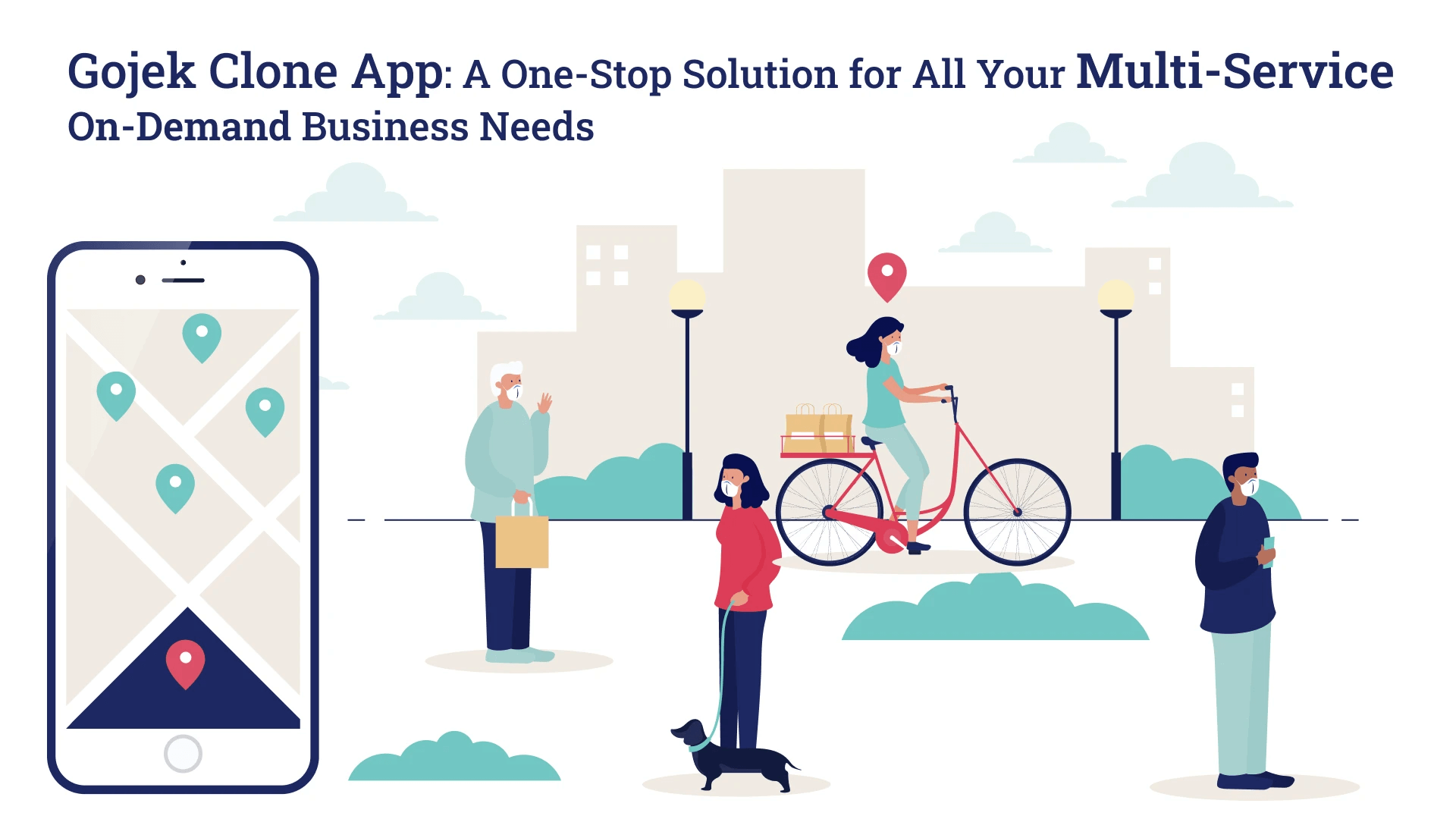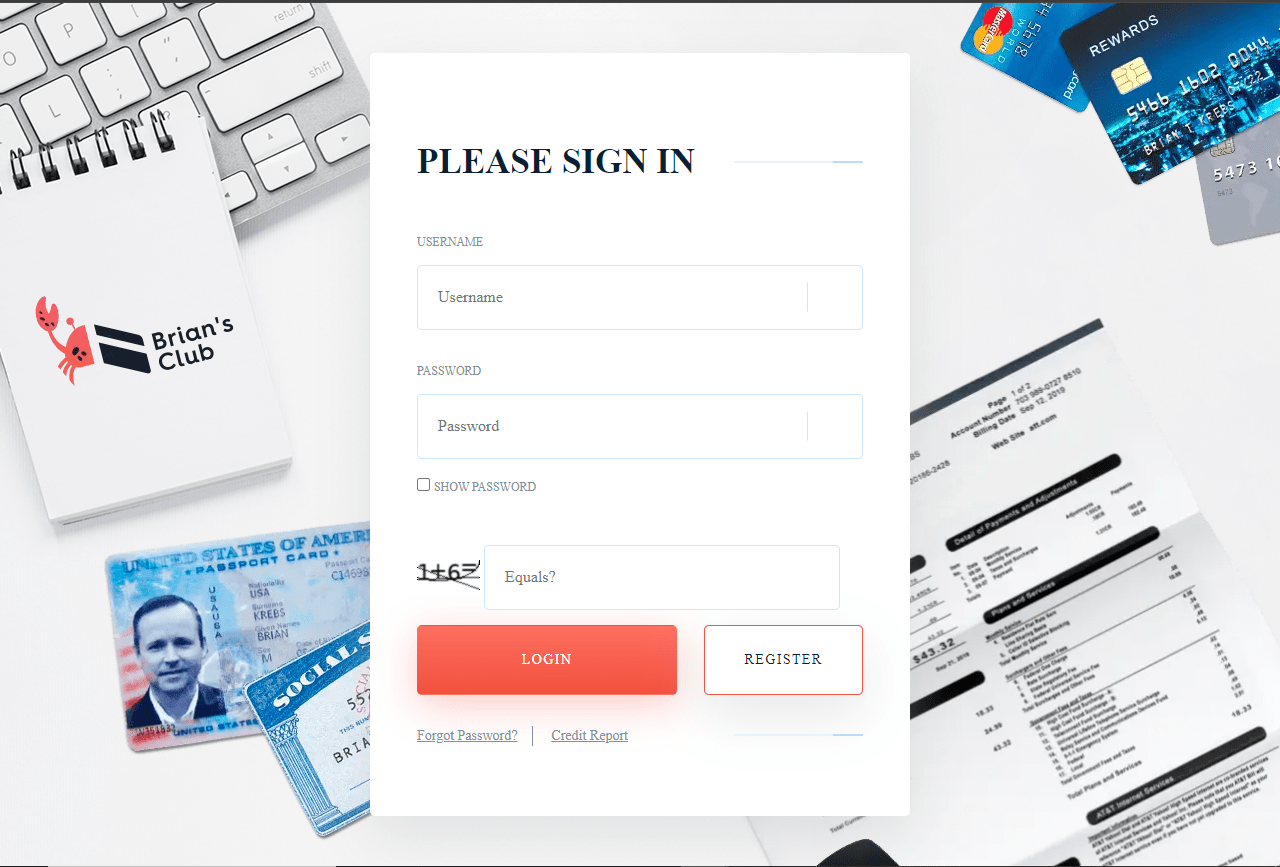Reaching customers across borders is essential for e-commerce businesses. One crucial aspect of expanding your reach is offering multi-currency support on your website. This enables customers to view and purchase products in their local currency, enhancing their shopping experience and boosting conversions. Let’s delve into the steps involved in developing an e-commerce site with multi-currency support.
Understanding the Basics of Multi-Currency Support
Before diving into the technical aspects, it’s crucial to grasp the fundamental concepts of multi-currency support.
- Currency Conversion: This involves accurately converting prices from your base currency to the customer’s preferred currency.
- Exchange Rates: Real-time or near-real-time exchange rates are essential for accurate conversions.
- Payment Gateways: Ensure your chosen payment gateways support multiple currencies to streamline transactions.
- Tax Calculations: Different countries have varying tax structures, so your system should accommodate these differences.
- User Interface: The website should display prices in the customer’s chosen currency throughout the checkout process.
Choosing the Right E-commerce Platform
Selecting a suitable e-commerce platform is the foundation for your multi-currency site. Consider platforms that offer built-in multi-currency support or can be easily integrated with third-party currency conversion services. Popular options include:
- Shopify: Known for its user-friendliness and extensive app store, Shopify offers multi-currency features.
- Magento: A robust platform for large-scale e-commerce, Magento provides flexibility for complex currency setups.
- WooCommerce: A popular WordPress plugin, WooCommerce offers multi-currency extensions and customization options.
Implementing Currency Conversion
There are primarily two methods for currency conversion:
- Manual Conversion: This involves manually setting conversion rates and updating them regularly. While feasible for small-scale operations, it’s time-consuming and prone to errors.
- API-Based Conversion: Using a currency conversion API (e.g., from providers like XE, Fixer) automatically fetches real-time exchange rates. This ensures accurate pricing and enhances customer trust.
Designing User Experience
A seamless user experience is crucial for multi-currency e-commerce.
- Currency Selector: Provide a prominent currency selector on your website, allowing customers to easily switch between currencies.
- Price Display: Clearly display prices in the selected currency throughout the shopping journey.
- Checkout Process: Ensure the checkout process accurately reflects the chosen currency, including order summaries and payment details.
- Localization: Consider cultural nuances and language preferences for different regions to enhance the shopping experience.
Handling Payment and Taxes
- Payment Gateways: Choose payment gateways that support multiple currencies to avoid transaction issues.
- Tax Calculations: Implement a tax calculation system that accurately determines taxes based on the customer’s shipping address and applicable tax rates.
- Currency Conversion for Taxes: Convert tax amounts to the customer’s currency to provide transparent pricing.
Testing and Optimization
Thorough testing is essential to ensure your multi-currency implementation functions correctly.
- Currency Conversion Accuracy: Verify that prices are accurately converted across different currencies.
- Payment Processing: Test various payment methods and currencies to identify potential issues.
- User Experience: Conduct usability tests to gather feedback on the currency selector and overall shopping experience.
- Performance Optimization: Optimize your website for speed to provide a smooth shopping experience, regardless of the customer’s location.
Conclusion
Developing an e-commerce site with multi-currency support is a strategic move to expand your customer base and increase sales. By carefully considering currency conversion, user experience, payment gateways, and taxes, you can create a seamless shopping experience for customers worldwide. Partnering with an experienced Ecommerce Website Development Company can streamline the process and ensure a successful multi-currency implementation.



